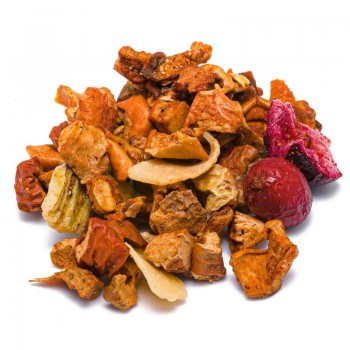There are several reasons why ginger is peeled and used peeled in infusions. We know that ginger is a powerful ingredient, with great flavor. The hulled version of the ginger root helps the quality of the infusion, and with a more intense flavor. Ginger has been used for centuries in cooking and for its healthy properties on the human body. The plant, in fact, is rich in properties which are also available in the hulled version.
Dehulled ginger: properties and benefits
Before inserting the root into a mixture, or squeezing it for different uses, you must remove the peel. Although ginger root appears healthy and fresh, the outer rind must be removed to reveal the pungent pulp - although it can sometimes provide a very intense flavor in an infusion or juice. The ginger root (i.e. its rhizome), slightly stringy, cannot be eaten raw, therefore it is necessary to peel it. This will make the ginger easier to squeeze, infuse, and easier to clean. Fresh, peeled ginger allows you to make the most of the antioxidants and essential oils of the root, without having to deal with the fibrous peel.
Also in this version, ginger will be an excellent flavouring, used since ancient times for its healthy virtues as an excellent food for the well-being of digestion. It was considered a natural anti-inflammatory, used against nausea and dizziness. Furthermore, among some populations it was considered an aphrodisiac. Today's research has highlighted the active ingredients of the root, substances including gingerols, shogaols, resins and mucilages.
Very well known for avoiding nausea during pregnancy, this characteristic of ginger derives from the antioxidant polyphenol agents, gingerols and shogaols. These are the elements responsible for its pungent taste, which help the stomach and digestion. These nutrients are also valid antioxidants that help protect healthy cells from damage due to aging or external factors. In particular, gingerol creates an antioxidant enzyme in the body, with an antioxidant effect that seems greater than that of vitamin E - already present in hulled ginger anyway. At a digestive level, the virtues of ginger derive from the fact that it protects the gastric mucosa, avoiding the fermentation of harmful bacteria during digestion. It is considered a panacea, especially for better digesting proteins and carbohydrates.
It helps against the accumulation of toxins in this phase, while in the intestine it promotes gastrointestinal motility and the elimination of gases that cause bloating. A ginger herbal tea was also recommended to alleviate bloating and pelvic pain disorders linked to the menstrual cycle.
Elements that promote the correct assimilation of food; furthermore, thanks to its antiemetic properties, it reduces symptoms such as nausea and esophageal reflux. An infusion of ginger is considered an excellent natural remedy to calm irritation and sore throat, useful in case of hoarseness.
In the case of colds of the oropharyngeal system, herbal tea is used to counteract the cold air in the lungs and calm inflamed tissues. In particular, the version without peel is useful for soothing the symptoms of colds, thanks to all the "warming" properties used. Given these soothing and anti-irritation abilities, in the past it was used as a natural antiseptic to purify the body. Even today, a herbal tea or a touch of ginger can purify the oral cavity and provide benefits against bad breath. In this version of peeled ginger, without the harder, more fibrous skin of the root, the pulp is still very juicy and tasty.
Origins and history of cultivation
Ginger is a plant native to Tropical Asia, used for millennia in cooking and for its wellness properties. From the root, its underground rhizome, an aromatic spice with a pungent flavor is obtained.
The root was already used in China in the 5th century BC, and reading the writings of Confucius, ginger was used in Chinese medicine as an element warm, excellent for fighting the cold and rebalancing the body.
It also spread to the Mediterranean and was appreciated by the Greeks and Romans, who considered it a prized food. The doctor Dioscorides Pedanius (1st century AD) recommended it to warm and calm the stomach. The Arab peoples also used it as an energizing and aphrodisiac food.
Its ability to preserve food meant that it was attributed magical properties: ginger seemed like a miraculous food, and for this reason it was the subject of manymany commercial exchanges. In the Middle Ages the ginger root was considered very precious, known as "gingevo" (hence the English gingifer and then the current ginger) and in the sixteenth century it was brought to the Americas during the first colonization.
Over time it has been used both for its ability against dyspepsia, slow and difficult digestion accompanied by abdominal pain. In ancient times it was thought that it could relieve pain caused by arthritis or other joint ailments, and in the herbal tradition it is still used as a natural anti-inflammatory (traditional Chinese medicine makes extensive use of it in this sense).
Today ginger is cultivated throughout the tropical and subtropical belt of the planet, harvesting the root and cleaning it, when it is to be used as fresh ginger.
To obtain dehydrated, sun-dried ginger, it is made into powder and sold as a spice. Ginger can be dehydrated and chopped, sliced, diced, ground or candied. As with our peeled ginger, which comes from the pulp without the thin yellowish peel. Young, peeled ginger is the one usually used in cooking, while when it is mature it has a thicker and darker skin, with more layers. The thicker the skin, the spicier it is.
A simple way to take advantage of the benefits of ginger is to sip it in herbal tea. Typically, it is created with sliced fresh ginger, allowing the mixture to heat for several minutes.
Plant and Fruit
The perennial herbaceous ginger plant is Zingiber officinale, belonging to the Zingiberaceae family. It is native to the Far East in the tropical area, and today grows in many subtropical regions. The plant has a fleshy and branched rhizome (an underground shoot), from which hollow stems made of leaves arise. Other stems with yellow-green rhizome flowers also emerge. Ginger flowers, on the other hand, are small and white. The bushes expand as they grow, reaching up to half a meter in width and height. The fruit is not good in cooking, being woody, unlike the rhizome. The ginger plant can be grown in home gardens or indoors, but grows in warm climates where temperatures do not fall below 5 °C. The rhizome is harvested from the moment the ginger plant has accumulated essential oil, usually during the cold season between January and February.
Nutritional values of peeled ginger
Ginger has a substantial caloric intake, as it provides 370 Kcal for every 100 grams. In the version without peel it is composed of sugars, but 0% fat and some fibre. Even the hulled version makes available the active compounds contained in the essential oil: zingiberene, polyphenols, gingerols and shogaols which make the taste of ginger spicy. It contains highly studied phenolic substances, including 6-gingerol which, once dried, transforms into 6-shogaol. It has good doses of vitamin E, vitamin B6, traces of minerals such as potassium, magnesium, zinc, copper and manganese.
How to consume hulled ginger in herbal tea The infusion is obtained by placing approximately 3-5 grams of herbal ginger in a cup (250 ml) with water at 100 °C.< /p>
Leave it to infuse for 10 to 12 minutes before drinking the herbal tea. Add honey or sugar, if desired. The hulled ginger version, also called white ginger, has an intense flavour, particularly suitable for infusions.
Dehulled ginger: side effects and contraindications
There are no particular warnings when taking ginger, but a possible intolerance to the food must be considered.
When taking it, it is important not to exceed the doses of ginger , which can cause gastrointestinal disorders such as heartburn, bloating, diarrhea. Furthermore, having a small hypoglycaemic action, it must be used with caution by those suffering from diabetes, to avoid too low a blood sugar level. For this reason, it should be used with caution during pregnancy or breastfeeding. Since its blood-thinning properties have been studied, although not definitively proven, ginger is not recommended for people who use anticoagulant drugs.


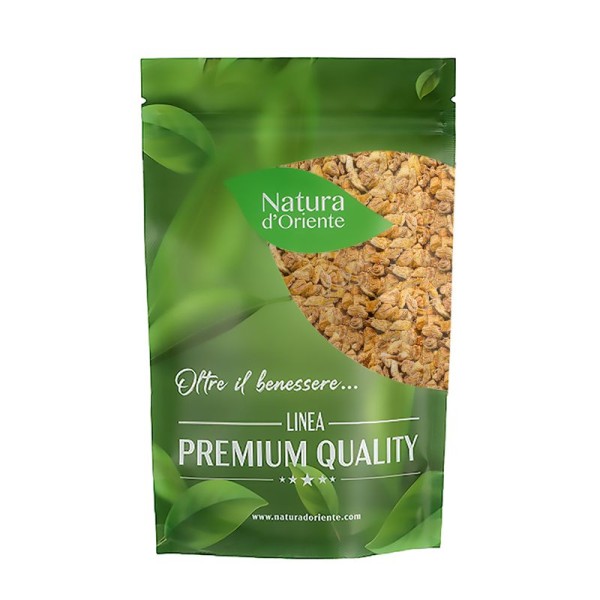








 No reward points for this product.
No reward points for this product.
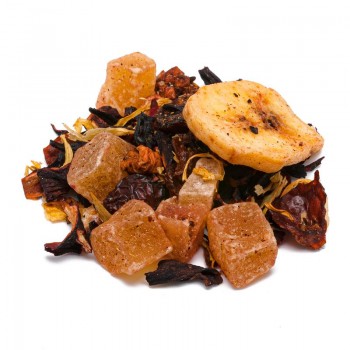
![infuso pesca melone [Natura d'Oriente]](https://www.naturadoriente.com/3535-home_default/infused-peach-melon.jpg)
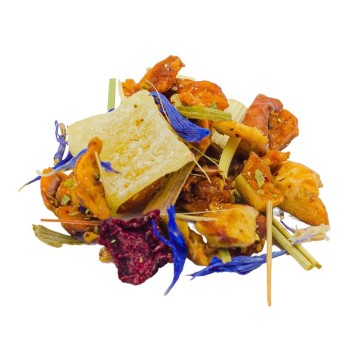
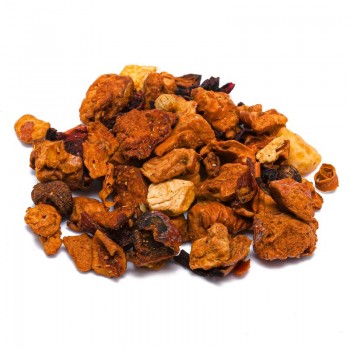
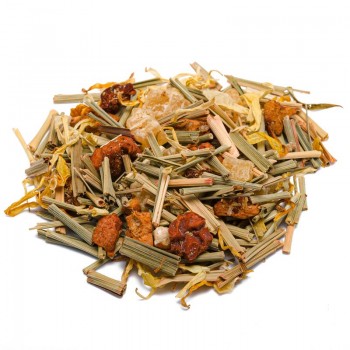
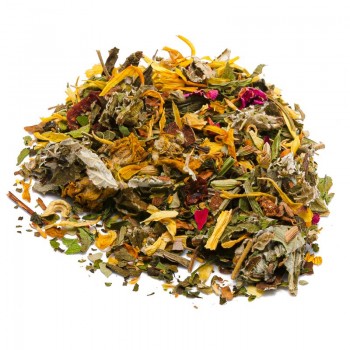
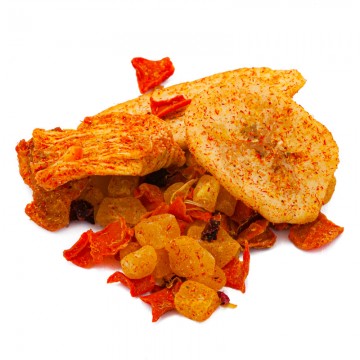
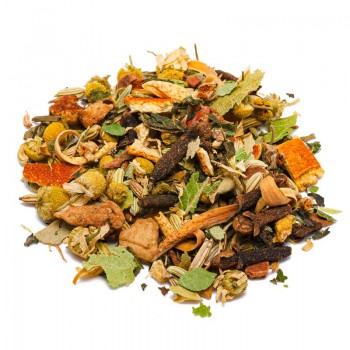
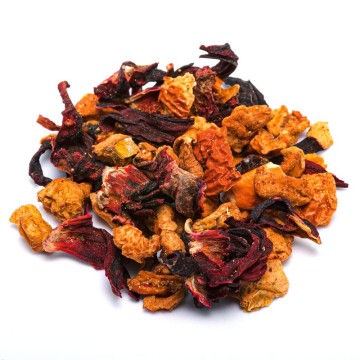

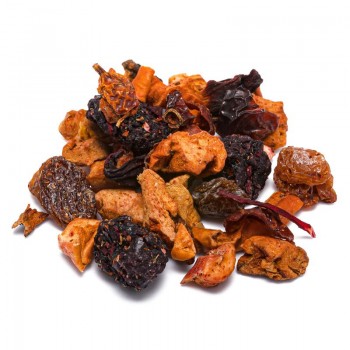
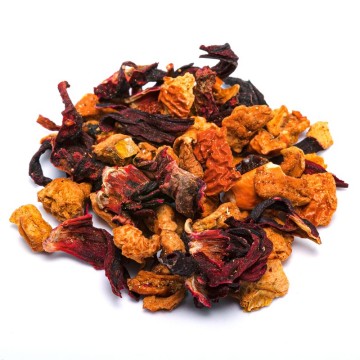
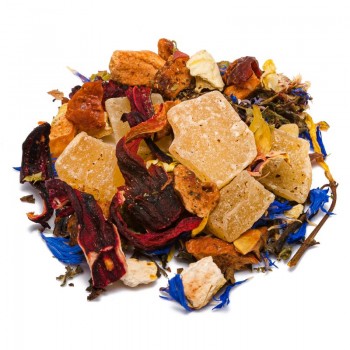
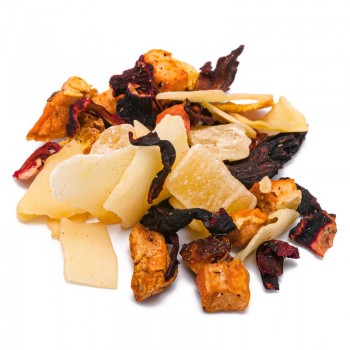
![infuso relax [Natura d'Oriente]](https://www.naturadoriente.com/3555-home_default/infused-relaxation.jpg)
